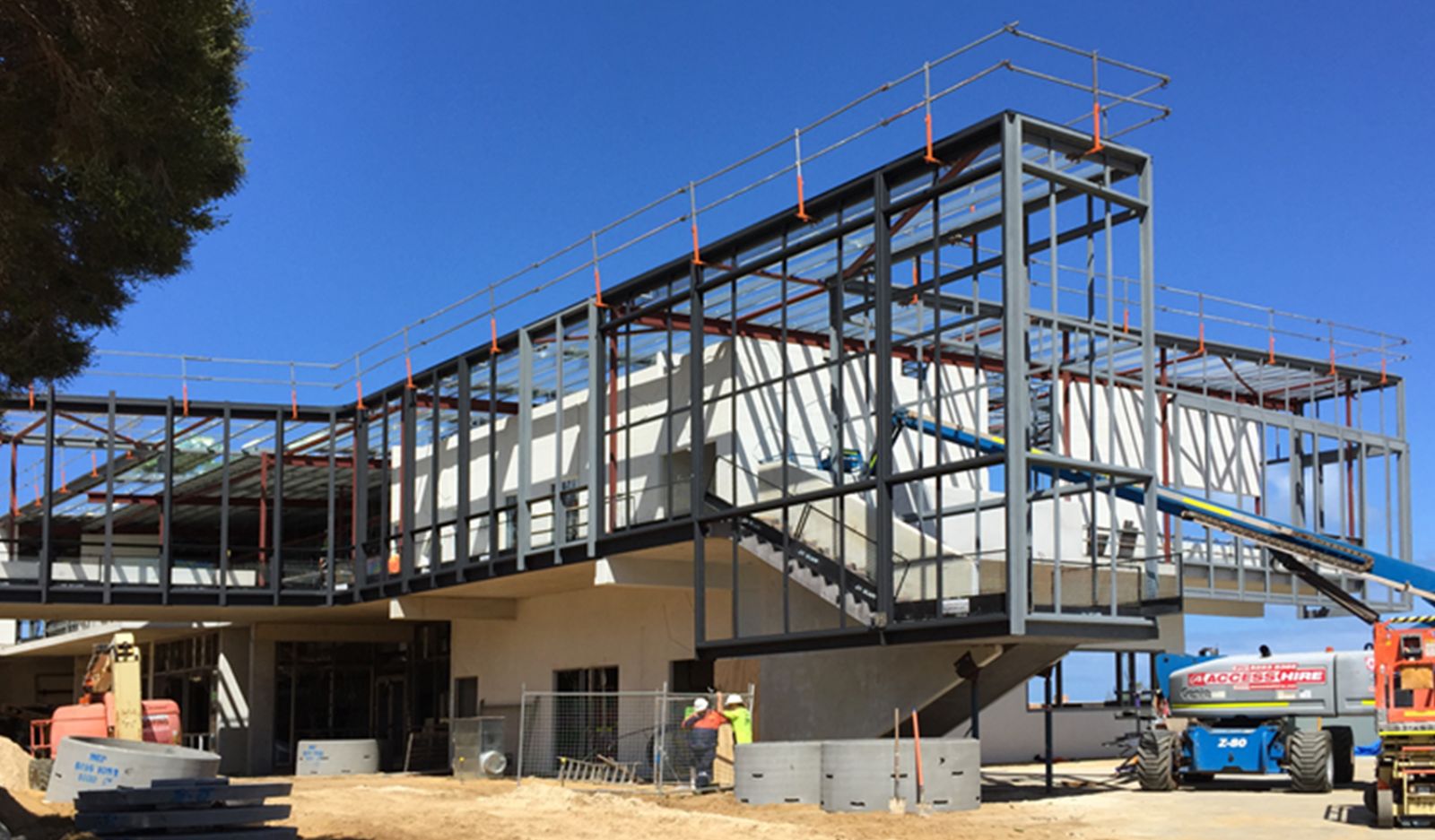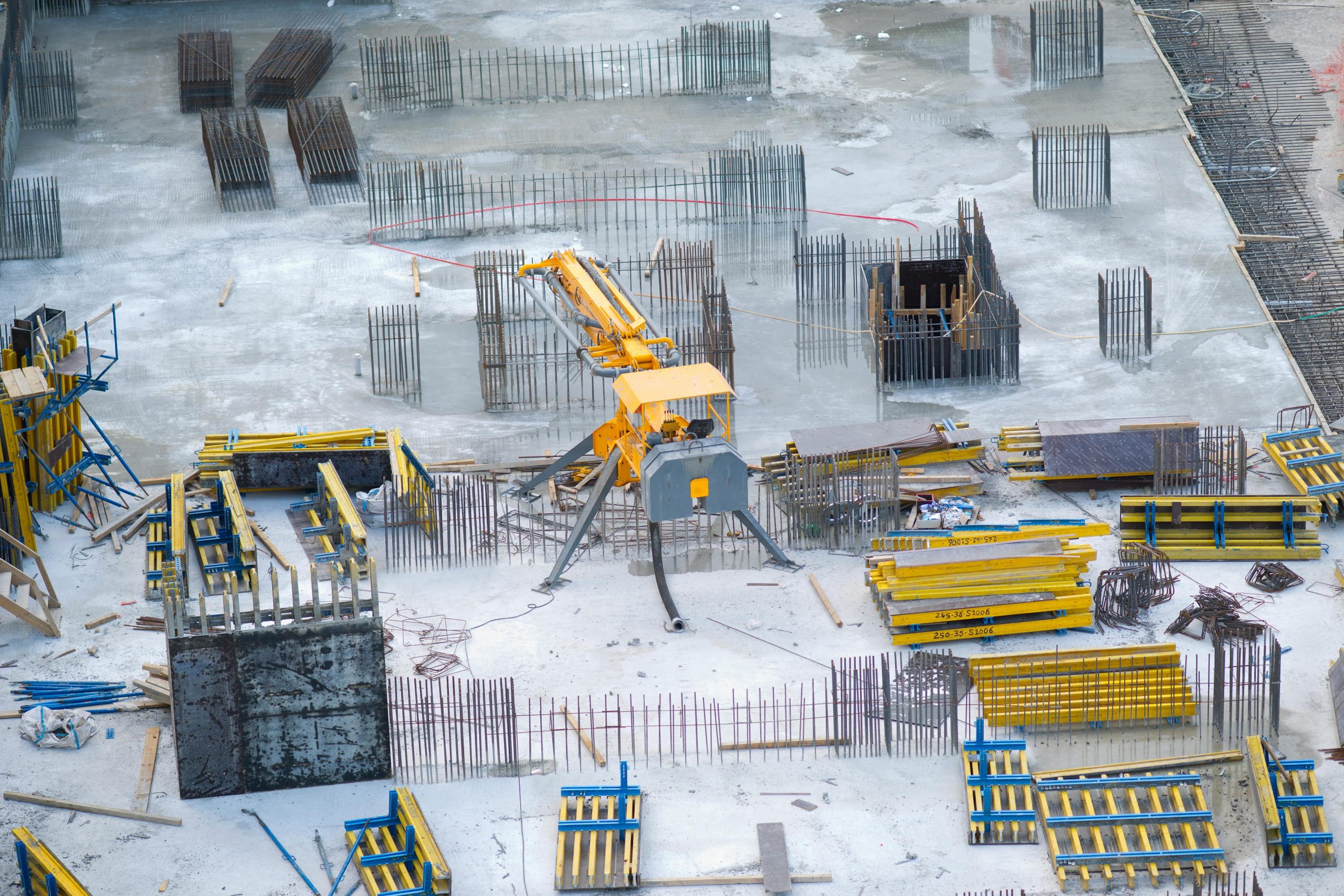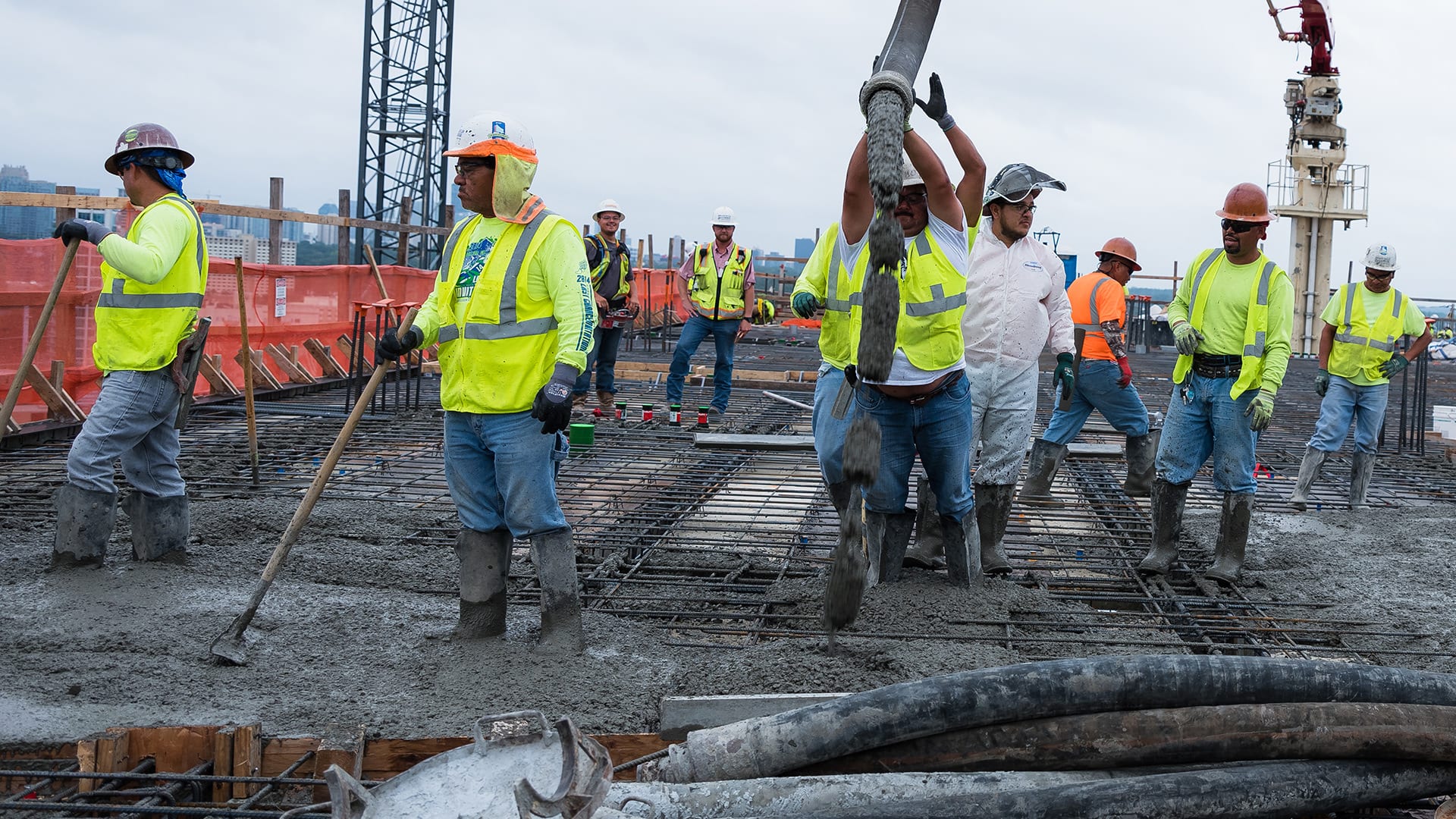
The Evolution of Modern Construction Practices
The construction industry has witnessed significant advancements over the past few decades, particularly in the field of steel frameworks. Modern architects and engineers are increasingly relying on innovative techniques to enhance durability, efficiency, and aesthetic appeal in buildings. One of the most transformative developments in this sector is Structural steel construction, which has become the backbone of many contemporary residential and commercial projects. By integrating advanced design principles with high-quality materials, construction teams can achieve structures that are not only strong but also versatile and cost-effective.
Advanced Fabrication Methods in Structural Steel Construction
Fabrication plays a crucial role in structural steel construction. Cutting-edge techniques such as computer-aided design (CAD) and computer-aided manufacturing (CAM) allow precise measurements and seamless integration of steel components. These methods reduce material wastage and minimize errors during assembly. Prefabrication has also emerged as a major trend, enabling off-site manufacturing of steel components, which are then transported to the construction site for rapid installation. This approach accelerates project timelines while maintaining the highest standards of structural integrity.
Innovations in Steel Connection Techniques
The connections between steel members are critical to the overall stability of a structure. Traditional welding and bolting methods have evolved, giving rise to hybrid connection systems that combine mechanical fastening with advanced welding technologies. These innovations improve load distribution, enhance earthquake resistance, and ensure long-term durability. By adopting such techniques, contractors can address complex design challenges while meeting stringent safety standards, making structural steel construction a preferred choice for ambitious architectural projects.
Integration of Sustainability in Structural Steel Construction
Sustainability has become a major focus in modern construction, and structural steel construction aligns perfectly with eco-friendly goals. Steel is highly recyclable, and many projects now incorporate recycled steel, reducing environmental impact. Additionally, energy-efficient design practices, such as using lightweight steel sections and optimizing structural layouts, contribute to reduced energy consumption. Green building certifications increasingly recognize projects that employ sustainable steel construction techniques, highlighting the growing importance of environmental responsibility in the industry.
Digital Tools and Automation in Structural Steel Construction
The use of digital technologies is revolutionizing structural steel construction. Building Information Modeling (BIM) allows engineers to create accurate 3D models, predict potential conflicts, and streamline project planning. Robotics and automated machinery further enhance precision, ensuring consistent quality during fabrication and installation. These digital innovations reduce human error, cut construction costs, and improve overall project efficiency, demonstrating how technological advancements continue to redefine structural steel construction practices.
Seismic and Wind Resistance Innovations
With urban development extending into areas prone to natural disasters, enhancing the resilience of structures has become crucial. Structural steel construction benefits from design innovations that improve resistance to seismic activity and high wind loads. Advanced bracing systems, flexible joint designs, and dynamic load analysis techniques ensure that steel buildings can withstand extreme conditions. These developments not only protect occupants but also extend the lifespan of the structure, reinforcing the importance of adopting innovative steel construction methods.
Aesthetic and Architectural Flexibility
One of the key advantages of structural steel construction is its adaptability in architectural design. Architects can create open, airy spaces without the constraints of load-bearing walls, enabling more creative and functional layouts. Curved and complex steel forms are achievable using modern fabrication techniques, giving structures a unique visual appeal. The flexibility offered by structural steel encourages architectural experimentation, allowing projects to combine functionality, safety, and aesthetic excellence.
Future Trends in Structural Steel Construction
The future of structural steel construction is likely to be shaped by further advancements in materials science, automation, and sustainability. High-strength steel alloys, smart monitoring systems, and modular construction methods will continue to improve efficiency and performance. As technology evolves, construction professionals will have more tools to design resilient, sustainable, and visually striking structures, reinforcing the enduring significance of structural steel construction in the built environment.
Conclusion: Embracing Innovation for Lasting Impact
Noble Steel is committed to leveraging innovative techniques in structural steel construction to deliver exceptional results for clients. By embracing advanced fabrication, connection systems, digital tools, and sustainable practices, the company ensures projects are not only structurally sound but also efficient and environmentally responsible. The continuous integration of cutting-edge methods positions structural steel construction as a cornerstone of modern architecture, offering unmatched strength, flexibility, and durability for the buildings of today and tomorrow.





